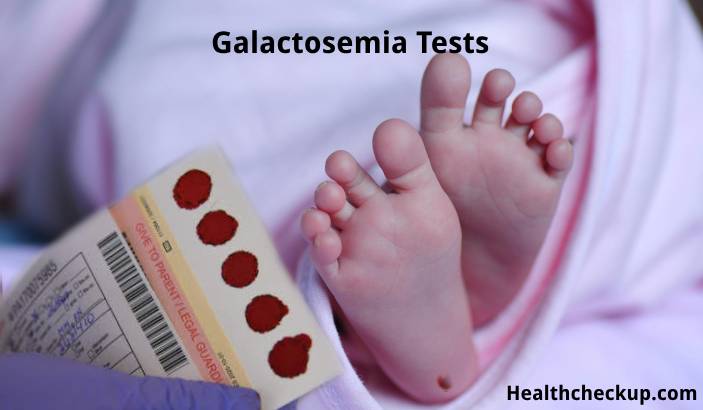Galactosemia is a rare genetic disorder that affects an individual’s ability to metabolize the sugar galactose properly. It is essential to diagnose galactosemia early to manage symptoms and prevent severe complications such as liver damage, intellectual disabilities, and even death in infants.
Purpose of Galactosemia Tests
- Early Detection: The primary purpose of testing for galactosemia is to detect the condition as early as possible, typically shortly after birth. Early detection allows for immediate dietary management to prevent serious complications.
- Confirmatory Testing: After a preliminary screening that may indicate a potential problem, specific galactosemia tests are used to confirm the diagnosis.
- Monitoring Treatment: For diagnosed patients, these tests help monitor the effectiveness of the dietary management plan and check for any complications.
Preparation for the Test
- Infant Testing: Newborns are usually tested as part of routine newborn screening programs without the need for special preparation.
- Dietary Restrictions: In older children or adults being tested for galactosemia, doctors might advise avoiding intake of milk or other galactose-containing foods before the test.
- Genetic Counseling: Parents may be offered genetic counseling to understand the implications of the test results, especially if there’s a family history of galactosemia.
Procedure of Galactosemia Tests
- Blood Sample Collection: A blood sample is typically used for enzyme activity tests and genetic tests. In newborns, a few drops of blood from a heel prick are collected on a special filter paper.
- Urine Test: Sometimes, a urine test may be conducted to look for excessive amounts of galactose and its derivatives.
- Genetic Testing: A more definitive diagnosis can be made through genetic testing, which involves analyzing DNA to identify mutations in the genes responsible for galactose metabolism.
Normal Range
- Enzyme Activity: In a typical enzyme activity test, normal results would show adequate functioning of the enzyme needed to metabolize galactose.
- Genetic Normalcy: For genetic tests, a normal result would indicate the absence of mutations that cause galactosemia.
Results Interpretation
- Positive Results: A positive test result indicates that the individual has galactosemia, leading to immediate dietary adjustments to eliminate galactose from the diet.
- Carrier Status: Some tests can also determine if a person is a carrier of the genetic mutation for galactosemia, which is crucial for family planning.
- False Positives/Negatives: As with many medical tests, there is a possibility of false positives or negatives, which may require further testing or genetic consultation.
Galactosemia tests help in the early diagnosis and management of galactosemia, a condition that, if untreated, can lead to serious health issues. These tests allow healthcare providers to implement dietary changes that can significantly alter the course of the disease, promoting normal development and preventing severe complications.
I specialize in writing about health, medical conditions, and healthcare, drawing extensively from scientific research. Over the course of my career, I have published widely on topics related to health, medicine, and education. My work has appeared in leading blogs and editorial columns.








